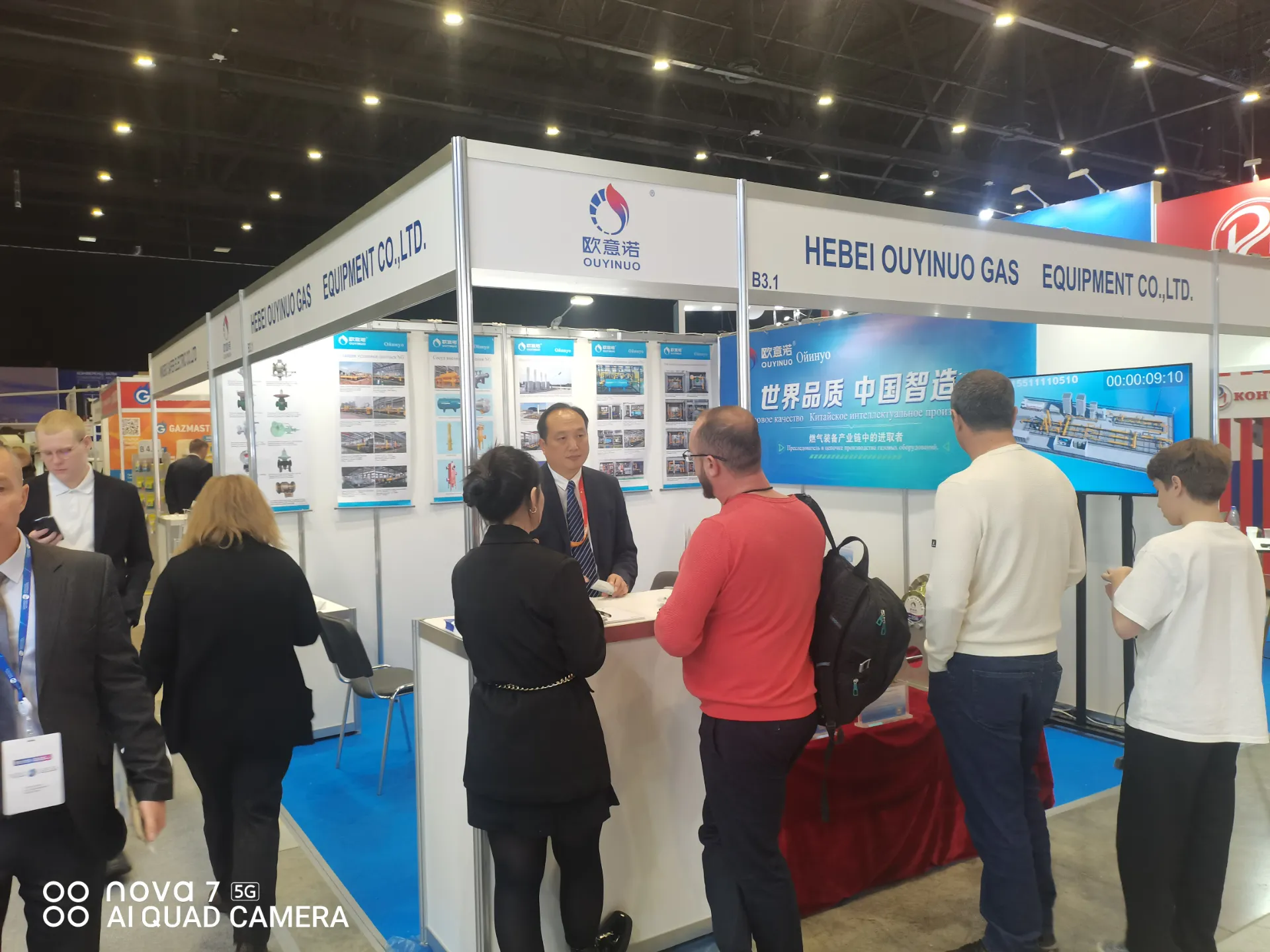
Nov . 11, 2024 19:00
Back to list
pressure regulating device
Understanding Pressure Regulating Devices Importance and Applications
Pressure regulating devices are crucial components in a variety of industrial, commercial, and residential applications. These devices are designed to maintain fluid pressure within a specified range, ensuring safety and efficient operation in various systems. By controlling the pressure of gases or liquids, these devices play a vital role in many sectors, including manufacturing, HVAC (heating, ventilation, and air conditioning), and water supply systems.
How Pressure Regulating Devices Work
At their core, pressure regulating devices function by automatically adjusting the pressure of a fluid as it flows through a system. The common mechanism involves a valve that opens or closes in response to changes in pressure. When the upstream pressure exceeds the desired set point, the valve partially closes to reduce the flow, thereby lowering the downstream pressure. Conversely, if the pressure drops below the set point, the valve opens to allow more fluid through, increasing the pressure back to the desired level.
These devices are equipped with a pressure-sensing element, which detects the pressure and sends a signal to the valve actuator. The actuator then adjusts the valve position accordingly, ensuring that the pressure remains stable. This automatic adjustment is essential in avoiding potential hazards, such as equipment damage, leaks, or catastrophic failures.
Applications of Pressure Regulating Devices
1. Gas Distribution Systems In natural gas distribution, pressure regulating devices are used to reduce high pressures from transmission lines to lower, safe levels for residential and commercial use. Without effective regulation, fluctuations in pressure could lead to unsafe conditions, equipment damage, or gas leaks.
2. Water Supply Systems Water pressure regulators are widely used in municipal water systems to control the pressure delivered to households. This helps to prevent pipe bursts and leaks, conserving water and maintaining service reliability. Additionally, pressure regulating devices can protect appliances, such as washing machines and dishwashers, from damage due to excessive pressure.
pressure regulating device

3. HVAC Systems In heating and cooling systems, pressure regulators ensure the correct pressure of refrigerants and other fluids. This regulation optimizes system performance, enhances energy efficiency, and extends the lifespan of HVAC equipment. Proper pressure regulation contributes to effective temperature control and overall comfort in indoor environments.
4. Industrial Processes In manufacturing and processing plants, maintaining specific pressure levels is often critical for optimal operations. Pressure regulating devices ensure that equipment operates within safe parameters, which is especially important in chemical processing, food production, and pharmaceuticals. Here, precise pressure regulation can impact product quality, safety, and production efficiency.
Benefits of Using Pressure Regulating Devices
The primary advantage of implementing pressure regulating devices is enhanced safety. Maintaining consistent pressure levels reduces the risk of equipment failure, accidents, and leaks. Additionally, these devices contribute to energy efficiency by preventing over-pressure conditions that can lead to increased energy consumption. This not only saves costs but also promotes environmentally sustainable practices.
Furthermore, pressure regulators can extend the lifespan of equipment by preventing stress and damage caused by fluctuating pressures. In summary, the importance of these devices cannot be overstated, as they are integral to ensuring safe, efficient, and effective operation across a wide range of applications.
Conclusion
In conclusion, pressure regulating devices are essential components that play a pivotal role in various industries. By ensuring that fluid pressures remain within safe and efficient ranges, these devices contribute significantly to operational safety and efficiency. As technology advances, the design and functionality of pressure regulating devices will continue to evolve, further enhancing their importance in modern applications. Investing in quality pressure regulation not only protects infrastructure and equipment but also promotes a safer and more sustainable future.
Next:
Latest news
-
Safety Valve Spring-Loaded Design Overpressure ProtectionNewsJul.25,2025
-
Precision Voltage Regulator AC5 Accuracy Grade PerformanceNewsJul.25,2025
-
Natural Gas Pressure Regulating Skid Industrial Pipeline ApplicationsNewsJul.25,2025
-
Natural Gas Filter Stainless Steel Mesh Element DesignNewsJul.25,2025
-
Gas Pressure Regulator Valve Direct-Acting Spring-Loaded DesignNewsJul.25,2025
-
Decompression Equipment Multi-Stage Heat Exchange System DesignNewsJul.25,2025

